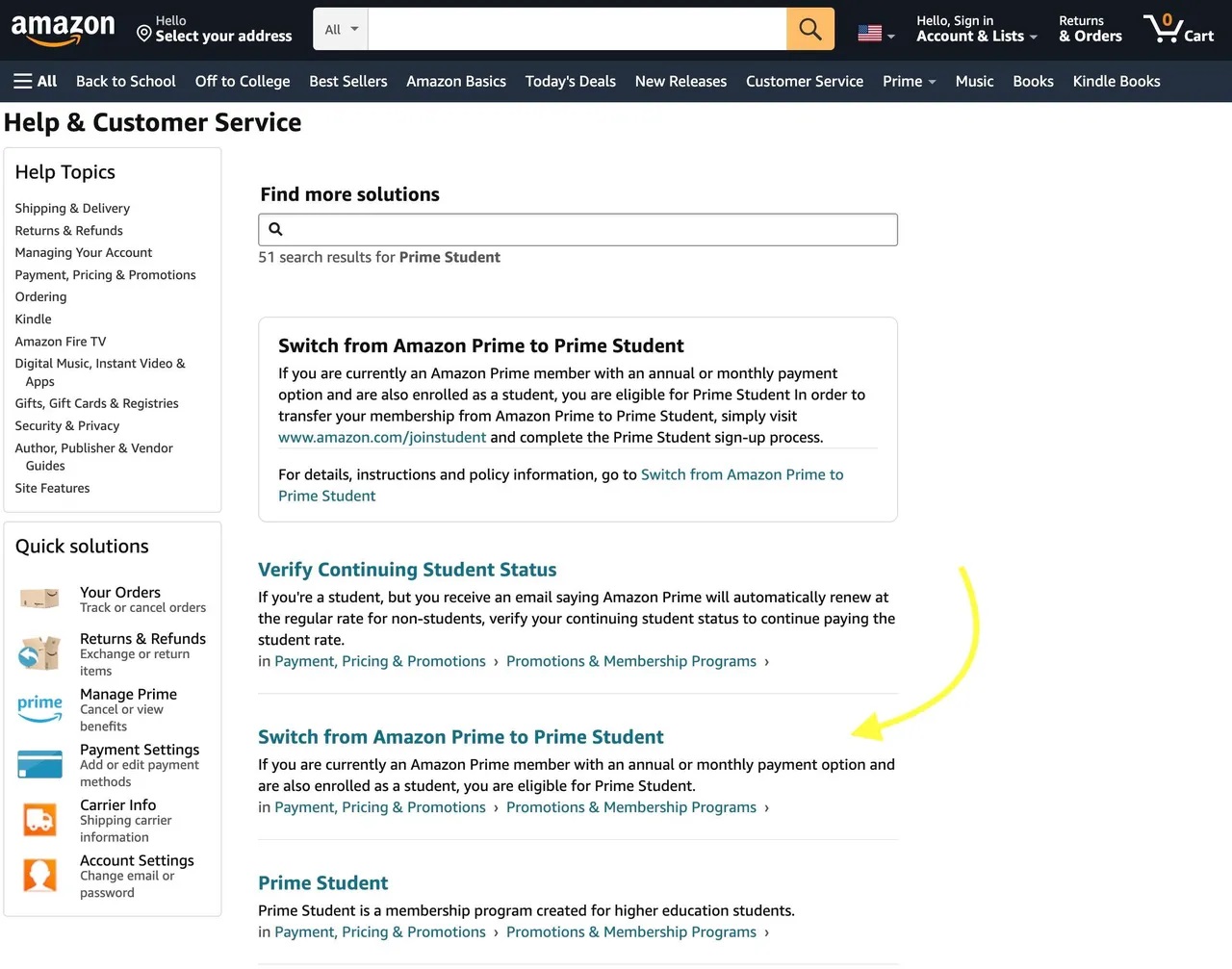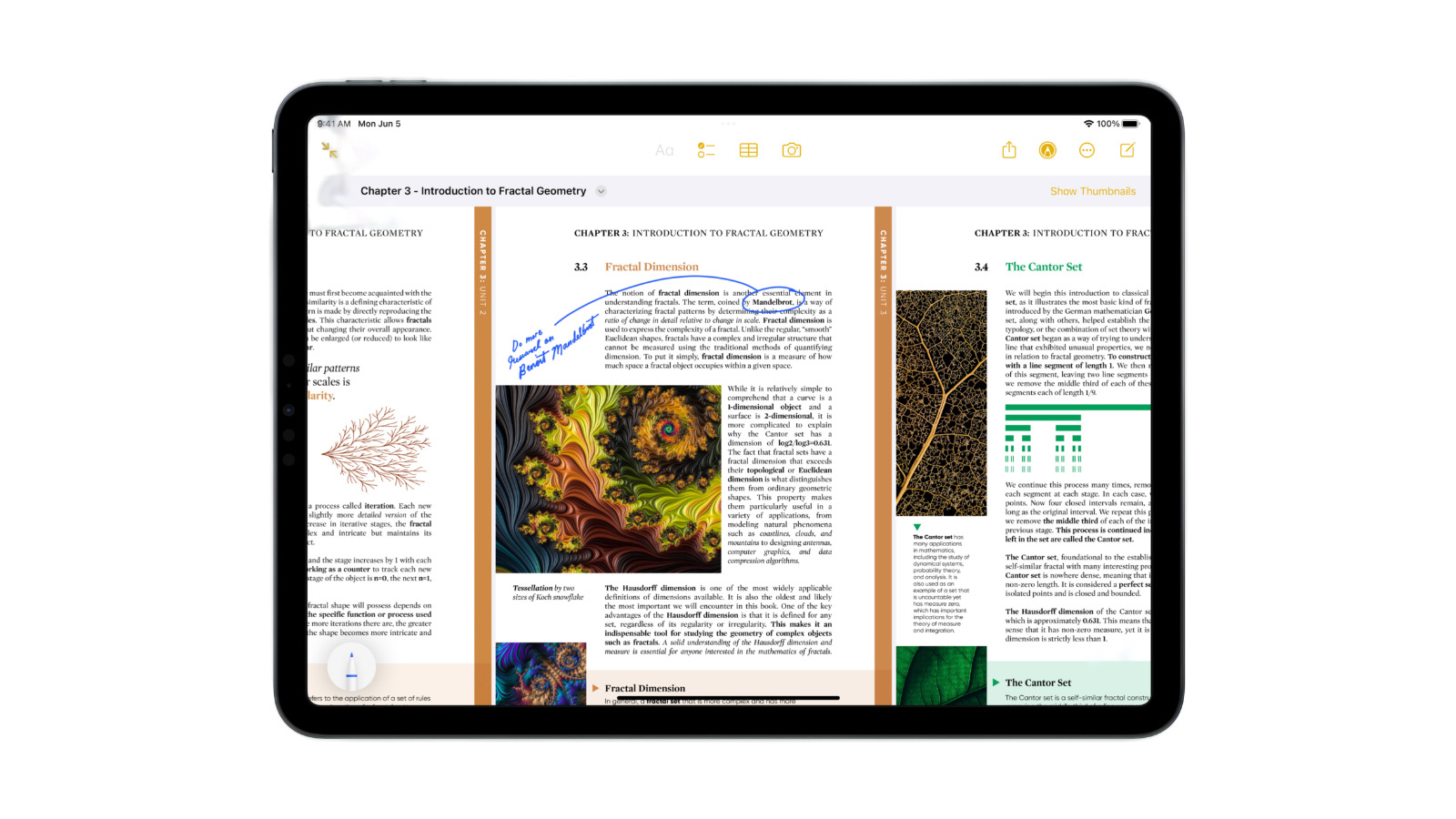Introduction
Smartphones have become a ubiquitous technological tool, and their popularity among college students is no exception. With advancements in mobile technology, owning a smartphone has become more than just a convenience; it has become a necessity for many students. The convenience and versatility offered by smartphones have revolutionized the way college students communicate, access information, and engage with their surroundings.
In today’s digital age, smartphones have become an integral part of student life. These pocket-sized devices provide easy access to social media, email, messaging apps, educational resources, and much more. The rise in smartphone ownership among college students has transformed the landscape of higher education, impacting various aspects of their academic and personal lives.
In this article, we will delve into the factors influencing smartphone ownership among college students, explore the benefits and downsides of owning a smartphone, and examine how smartphone ownership affects academic performance and social life. We will also discuss the role smartphones play in shaping college experiences and the challenges associated with their use.
It is essential to analyze the impact of smartphone ownership on college students, as it can provide valuable insights into the ways technology shapes their lives and influences their academic success. By understanding the prevalence and implications of smartphone ownership among college students, we can better support and guide them in navigating the digital landscape while making informed decisions regarding the use of these devices.
The Rise of Smartphone Ownership among College Students
Over the past decade, the adoption of smartphones among college students has skyrocketed. According to a recent survey conducted by the Pew Research Center, 95% of young adults aged 18-29 own a smartphone, with college students comprising a significant portion of this demographic.
The increased affordability, accessibility, and functionality of smartphones have contributed to their widespread ownership among college students. These devices offer a wide range of features such as internet access, high-quality cameras, social media integration, productivity apps, and entertainment options, making them valuable tools for both academic and personal use.
One of the primary reasons for the rise in smartphone ownership among college students is the need for constant connectivity. Students rely on their smartphones for staying in touch with family and friends, sending and receiving important communication, accessing online resources, and staying up-to-date with news and events.
Smartphones have also become extensions of students’ identities and personal expression. They use their devices to capture and share moments, express their creativity through photography and videos, and curate their online presence through social media platforms. Additionally, smartphones offer a sense of security and convenience by providing GPS navigation, emergency call features, and access to banking and transportation apps.
The increasing reliance on smartphones for academic purposes has also contributed to their rise in ownership among college students. With the advent of digital learning platforms, e-books, online research databases, and organization apps, smartphones have become indispensable tools for studying, note-taking, project collaboration, and accessing course materials.
It is worth noting that while smartphone ownership has many benefits, it may also contribute to the digital divide among college students. Students from disadvantaged backgrounds may face financial barriers to owning smartphones or accessing reliable internet connections, which can hinder their ability to fully participate in digital learning and communication.
Overall, the rise of smartphone ownership among college students reflects the growing importance of technology in their lives. These devices have become essential tools for communication, productivity, entertainment, and learning. However, it is crucial to balance their use with thoughtful self-regulation and awareness of the potential downsides, as we will discuss in the following sections.
Factors Influencing Smartphone Ownership among College Students
Several factors contribute to the high prevalence of smartphone ownership among college students. Understanding these factors helps shed light on the motivations behind smartphone adoption and use in this demographic.
1. Affordability and Accessibility: The decreasing cost of smartphones, coupled with flexible payment plans and student discounts, makes these devices more affordable and accessible to college students. Many smartphone manufacturers offer budget-friendly options that still provide essential features and functionality.
2. Social Factors: Peer influence plays a significant role in smartphone ownership among college students. Being part of a tech-savvy generation, students often feel peer pressure to own the latest smartphones and stay connected with their friends and social networks.
3. Technological Convergence: The convergence of various technologies into a single device is a compelling factor in smartphone ownership. Students can access a multitude of features and services, such as internet browsing, social media, messaging, entertainment, and productivity tools, all in one device. This convergence makes smartphones a versatile and appealing choice for college students.
4. Educational Demands: The evolving nature of higher education necessitates the use of technology in the learning process. Many colleges and universities integrate digital resources and learning platforms into their curriculum, making smartphones indispensable tools for academic success. Students often require access to online textbooks, lecture recordings, and educational apps that enhance their learning experience.
5. Communication and Connectivity: Smartphones provide an efficient and convenient means of communication for college students. With the help of messaging apps, social media platforms, and email, students can easily stay connected with peers, professors, and family members. The ability to quickly receive and respond to important messages and notifications makes smartphones an invaluable asset in the fast-paced college environment.
6. Entertainment and Recreation: Smartphones offer a wide range of entertainment options, including streaming services, gaming apps, and multimedia content. College students often use their smartphones as a portable source of entertainment, providing a break from their demanding academic responsibilities.
7. Enhanced Productivity: With a plethora of productivity apps available, smartphones help students stay organized, manage their schedules, set reminders, and access important documents on the go. The convenience of having these tools readily available on a single device enhances productivity and efficiency for college students.
By considering these factors influencing smartphone ownership among college students, educators and policymakers can develop strategies to harness the benefits of technology while addressing the potential challenges associated with smartphone use in academic settings.
The Benefits of Smartphone Ownership for College Students
Smartphone ownership offers numerous advantages that enhance the college experience for students. From academic support to personal development, smartphones have become invaluable tools in various aspects of students’ lives.
1. Access to Information: With internet connectivity at their fingertips, students can quickly access a wealth of information for research, study, and exploration. Online databases, scholarly articles, and educational websites enable students to deepen their understanding of academic subjects and stay up-to-date with current events.
2. Organization and Time Management: Smartphone apps provide students with powerful tools to manage their schedules, set reminders, and keep track of assignments and deadlines. Time management apps help students prioritize their tasks, creating a more effective and productive study routine.
3. Communication and Collaboration: Smartphones facilitate seamless communication among students, professors, and classmates. Instant messaging apps and email allow students to exchange ideas, ask questions, and collaborate on group projects, regardless of their physical locations.
4. Digital Learning Resources: Many educational apps and platforms are specially designed to support student learning. These apps offer interactive exercises, quizzes, and flashcards, enabling students to reinforce their understanding of key concepts and improve their academic performance.
5. Online Learning Opportunities: With the rise of online learning, smartphones provide flexibility and accessibility for students pursuing virtual courses or participating in remote education programs. Students can access lectures, submit assignments, and engage in discussions using their smartphones, allowing them to adapt to a changing educational landscape.
6. Personal Development: Smartphones offer a range of apps that support personal growth and development. Meditation apps, language-learning platforms, and skill-building resources enable students to explore new interests, develop new abilities, and improve their overall well-being.
7. Entertainment and Stress Relief: College life can be stressful, and smartphones provide a means of relaxation and entertainment. Streaming services, gaming apps, and social media platforms offer an escape from academic pressures, allowing students to unwind and recharge.
It is important to note that while smartphones offer numerous benefits, responsible usage is essential to mitigate potential drawbacks. Setting boundaries and practicing digital well-being are crucial to maintain a healthy balance between academic pursuits and personal use.
By harnessing the benefits of smartphone ownership and integrating them into the educational landscape, colleges and universities can empower students to make the most of their academic journey, promote engagement, and foster lifelong learning skills.
The Downsides of Smartphone Ownership for College Students
While smartphones bring undeniable benefits to college students, they also come with potential downsides that can hinder academic performance, personal well-being, and social interactions. It is important to recognize and address these challenges to ensure a healthy and balanced use of smartphones.
1. Distractions and Procrastination: The constant access to social media, gaming apps, and entertainment platforms can easily lead to distractions and procrastination. Students may find themselves spending excessive amounts of time on their phones, resulting in decreased productivity and difficulty in managing their priorities.
2. Sleep Disruption: Late-night phone usage, particularly before bed, can disrupt sleep patterns. The blue light emitted by smartphones interferes with the production of melatonin, a hormone essential for sleep. Lack of proper sleep can negatively impact cognitive function, memory, and overall well-being.
3. Cybersecurity and Privacy Risks: Students often store personal and sensitive information on their smartphones, making them vulnerable to cyberattacks and privacy breaches. Phishing scams, malware, and unauthorized access to personal data are potential risks associated with smartphone usage.
4. Dependency and Addiction: Some students develop a dependency on their smartphones, experiencing anxiety or restlessness when separated from their devices. Smartphone addiction can interfere with academic commitments, social relationships, and mental health.
5. Impacts on Physical Health: Excessive smartphone use can lead to physical health issues such as poor posture, eye strain, and musculoskeletal problems. Students may spend extended periods hunched over their phones, engaging in repetitive motions that can cause discomfort and long-term health consequences.
6. Social Isolation: Paradoxically, while smartphones provide avenues for staying connected, they can also contribute to social isolation. Excessive screen time can lead to a lack of face-to-face interaction and hinder the development of meaningful relationships and social skills.
7. Academic Impact: Multitasking on smartphones during lectures or study sessions can negatively affect information retention and comprehension. Divided attention and constant interruptions can impair academic performance and hinder deep learning.
Recognizing these drawbacks and engaging in responsible smartphone use can help mitigate their impact. Practicing mindful phone use, setting boundaries, and finding a healthy balance between screen time and other activities are essential for maintaining overall well-being and academic success.
Educational institutions can also play a role by promoting digital literacy, providing resources on healthy technology use, and fostering a supportive environment that encourages responsible smartphone usage among students.
How Smartphone Ownership Affects Academic Performance
The impact of smartphone ownership on academic performance is a topic of significant interest and concern among educators, researchers, and students themselves. While smartphones offer numerous educational benefits, their use can also have adverse effects on academic outcomes.
1. Distractions in the Classroom: Smartphones can be a source of distraction during lectures and study sessions. The temptation to check social media notifications, send text messages, or browse the internet can divert students’ attention away from the lesson at hand, resulting in decreased focus and comprehension.
2. Decreased Study Efficiency: Multitasking on smartphones while studying can reduce study efficiency. Rapidly switching between tasks and constantly checking notifications can lead to fragmented study sessions and decreased cognitive engagement, impairing retention of information.
3. Reduced Information Retention: Research has shown that relying on smartphones for note-taking can hinder information retention compared to handwritten notes. The act of physically writing information helps reinforce learning and facilitates recall, while typing on a smartphone may lead to shallower processing and decreased retention.
4. Sleep Disruption: Late-night smartphone usage, especially for recreational purposes, can disrupt sleep patterns and impact academic performance. Inadequate sleep can impair cognitive function, memory, and attention, making it more challenging for students to concentrate and perform at their best.
5. Academic Dishonesty: Smartphones provide students with easy access to online resources, presenting a temptation for academic dishonesty. Cheating through unauthorized access to information during exams or plagiarizing content can have severe consequences for academic integrity and undermine the learning process.
6. Time Management Challenges: The constant availability of smartphones can make it difficult for students to manage their time effectively. Spending excessive amounts of time on social media, gaming apps, or entertainment platforms can lead to procrastination and neglect of essential academic tasks.
It is important for students to recognize the potential impact of smartphone use on their academic performance and develop strategies to mitigate the negative effects. Establishing designated study times, implementing smartphone-free zones or hours, and utilizing productivity apps that minimize distractions can help improve focus and academic outcomes.
Educators can also play a role in addressing the impact of smartphone ownership on academic performance. By promoting digital literacy, implementing clear mobile device policies, and providing guidance on effective study habits, educators can support students in utilizing smartphones as tools for learning while minimizing their detrimental effects.
Smartphone Ownership and Social Life in College
Smartphone ownership has significantly influenced the social landscape of college life. These devices have transformed the way students communicate, connect, and engage with their peers, both on and off-campus. While smartphones offer new avenues for socialization, they also introduce unique challenges and considerations.
1. Connectivity and Communication: Smartphones provide students with constant connectivity to their social networks, allowing them to stay in touch with friends, family, and classmates. Messaging apps, social media platforms, and video calling features enable instant communication and foster a sense of connection even when physically apart.
2. Networking Opportunities: The ease of connecting and sharing information on social media platforms can enhance networking opportunities for college students. Students can expand their social circles, connect with professionals in their field of interest, and gain access to events and opportunities through online platforms and communities.
3. Information Sharing and Collaboration: Smartphones facilitate information sharing and collaboration among students. Group messaging apps, shared document platforms, and project management tools allow for seamless collaboration on group projects, enhancing productivity and fostering teamwork.
4. FOMO (Fear of Missing Out): The constant access to social media updates and event notifications on smartphones can contribute to the fear of missing out (FOMO) among college students. The pressure to be constantly present and engaged can lead to anxiety and a sense of exclusion if students perceive themselves as missing out on social activities.
5. Digital Etiquette and Social Boundaries: The integration of smartphones into social interactions requires navigating new etiquette norms and boundaries. Students must manage their mobile device use in social settings to foster meaningful face-to-face interactions and demonstrate respect for others.
6. Social Comparison and Self-Esteem: Social media usage on smartphones can lead to social comparison and impact students’ self-esteem. Constant exposure to curated and idealized representations of others’ lives can create unrealistic expectations and feelings of inadequacy.
7. Balancing Online and Offline Relationships: Smartphone use can blur the line between online and offline relationships. While online connections provide convenience and accessibility, it is important for students to maintain a healthy balance and invest in nurturing offline relationships for deeper social connections.
It is crucial for students to find a balance in their smartphone use to foster authentic social connections, maintain mental well-being, and navigate the social challenges encountered in college. By practicing digital mindfulness, setting boundaries, and engaging in face-to-face interactions, students can create a healthy balance between their virtual and real-world social lives.
Moreover, educational institutions can support students in developing social and digital literacy skills, promoting empathy and inclusivity within online communities, and providing resources to navigate both the benefits and challenges that smartphones bring to social life in college.
The Role of Smartphone Ownership in College Experiences
Smartphone ownership plays a vital role in shaping the overall college experience for students. These devices have become essential tools that influence various aspects of students’ academic pursuits, social interactions, and personal growth.
1. Academic Support: Smartphones provide students with easy access to a wide range of educational resources. From research databases and electronic textbooks to study apps and productivity tools, smartphones enhance learning and provide crucial academic support. Students can access course materials, collaborate on group projects, and stay organized with their assignments, all from the convenience of their smartphones.
2. Personal Development: Smartphones facilitate personal growth and development by offering an abundance of self-improvement resources. Students can access meditation apps for stress relief, language-learning platforms to acquire new skills, and mental health resources to support their overall well-being. Smartphones provide opportunities for self-reflection, goal setting, and pursuing hobbies and interests.
3. Cultural Engagement: Smartphones enable students to explore and engage with different cultures and perspectives. Students can use translation apps to communicate with people from different backgrounds, access virtual tours of museums and historical sites, and stay updated with global news and events through news apps and social media platforms. Smartphones bridge the gap between cultures and foster cross-cultural understanding.
4. Campus Navigation and Safety: Smartphone apps and GPS functionality make it easier for students to navigate unfamiliar campuses, locate buildings, and find resources. Additionally, smartphone emergency call features and safety apps contribute to campus safety by providing quick access to emergency services and offering safety tips and alerts. Students can feel more confident and secure while exploring their campus environment.
5. Community Engagement: Social media platforms and online communities on smartphones enable students to connect with like-minded individuals, join student organizations, and participate in campus events. Students can share their experiences, exchange ideas, and create a sense of belonging within their college community. Smartphone ownership helps foster a sense of community engagement and support.
6. Multicultural Competence: The global connectivity provided by smartphones exposes students to diverse perspectives and experiences, fostering multicultural competence. Through social media, online forums, and educational apps, students can engage with individuals from different cultures, enhancing their understanding of global issues and promoting tolerance and inclusivity.
7. Transition and Adaptation: For many students, college represents a significant transition period. Smartphones serve as reliable companions during this transition, offering a sense of familiarity, connection, and comfort. From connecting with family and friends back home to accessing support resources on-campus, smartphones provide a sense of continuity and support during the transition to college life.
The role of smartphone ownership in college experiences is undeniable. By harnessing the benefits of smartphones and promoting responsible usage, colleges and universities can enrich students’ academic journeys, facilitate personal development, and foster a vibrant and inclusive campus community.
Conclusion
Smartphone ownership has revolutionized the college experience, becoming a crucial aspect of students’ lives. These pocket-sized devices offer a multitude of benefits, from providing access to information, enhancing communication and collaboration, supporting academic success, and fostering personal growth. However, it is crucial to acknowledge and address the potential downsides of smartphone ownership, including distractions, sleep disruption, cyber risks, and social challenges.
By understanding the factors influencing smartphone ownership, we can better support students in navigating the digital landscape while maximizing the benefits and minimizing the drawbacks. Educators, policymakers, and institutions have a responsibility to promote digital literacy, encourage responsible smartphone use, and create supportive environments that balance virtual connectivity with face-to-face interactions.
Students play an active role in harnessing the benefits of smartphones while practicing self-regulation and mindfulness. Setting boundaries, prioritizing academic commitments, and finding a healthy balance between online and offline interactions contribute to a positive and well-rounded college experience.
Smartphone ownership is not just about owning the latest gadget; it is about recognizing the impact of technology on our lives and using it to enhance our academic pursuits, personal development, cultural engagement, and community involvement. By embracing smartphones as tools for learning, growth, and connection, we can navigate the complexities of college life in the digital age.
As technology continues to evolve, it is vital for both individuals and educational institutions to adapt and find innovative ways to leverage smartphones and other digital tools for educational purposes. By embracing responsible smartphone ownership, students can successfully navigate their college experiences, leverage the benefits of technology, and prepare themselves for the ever-changing digital landscape of the future.

























